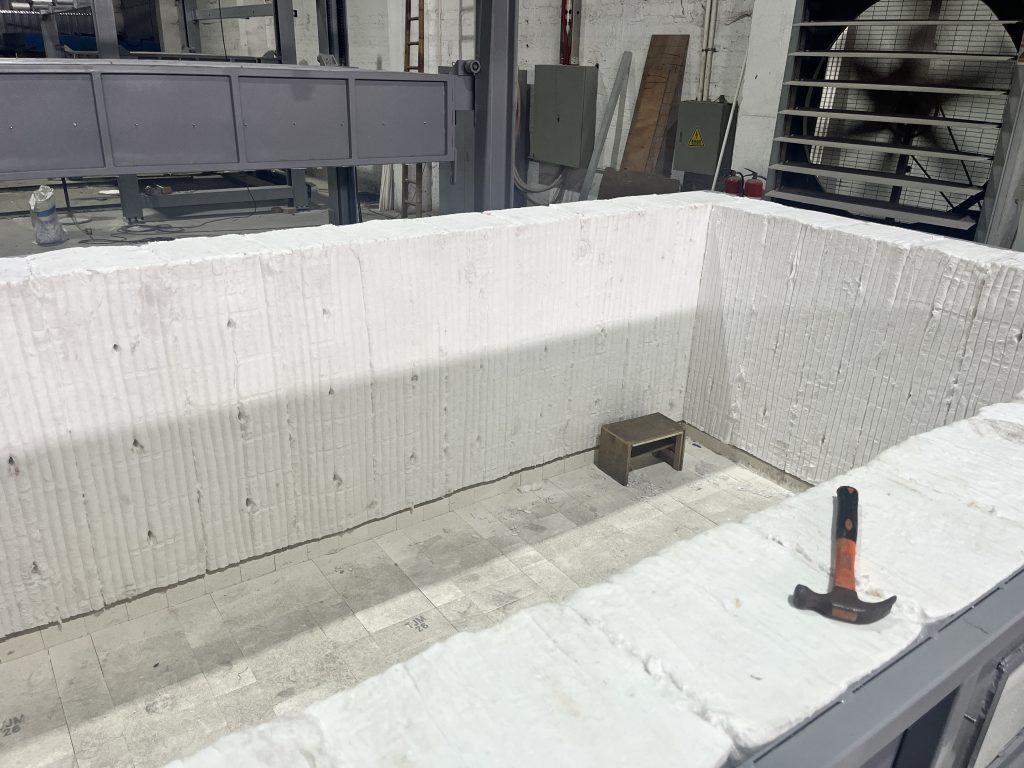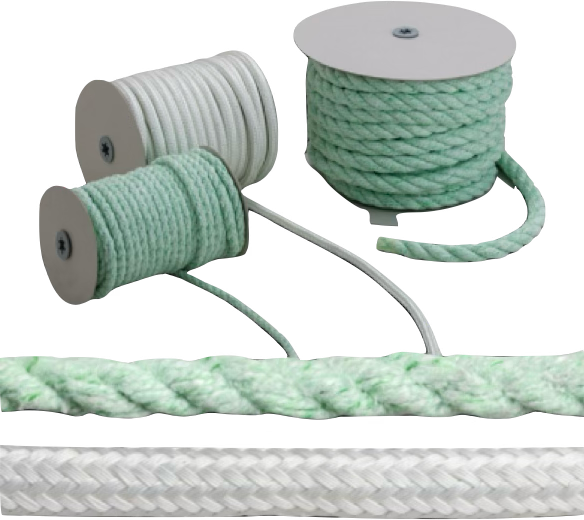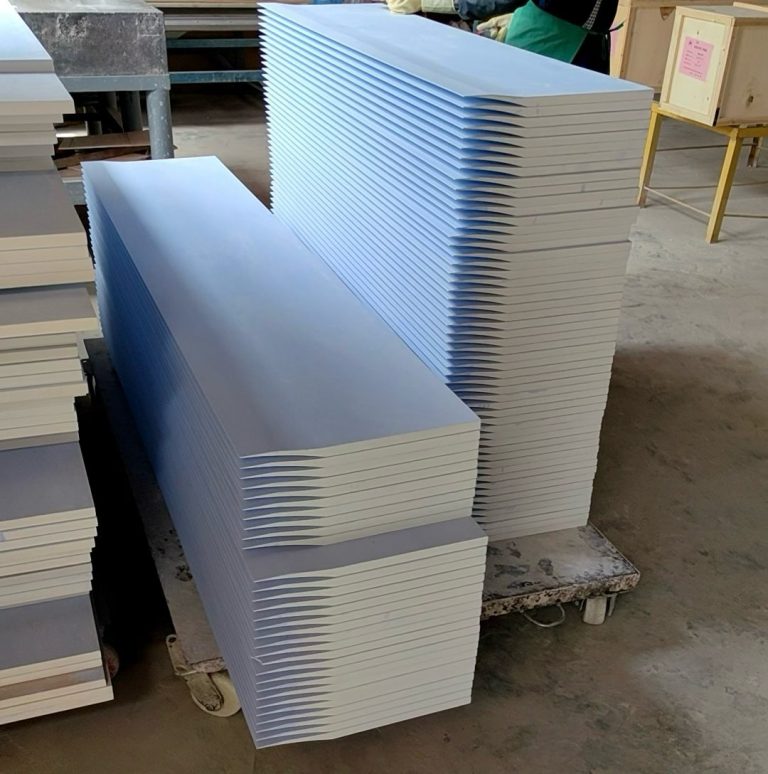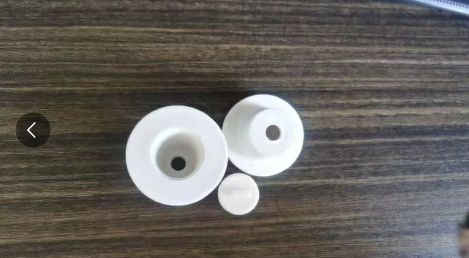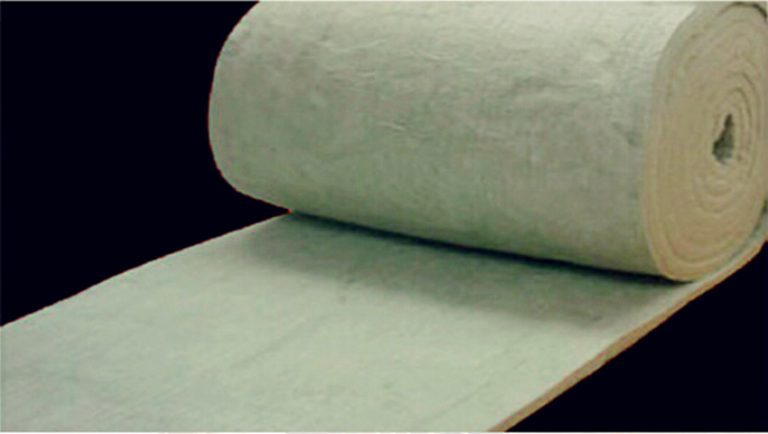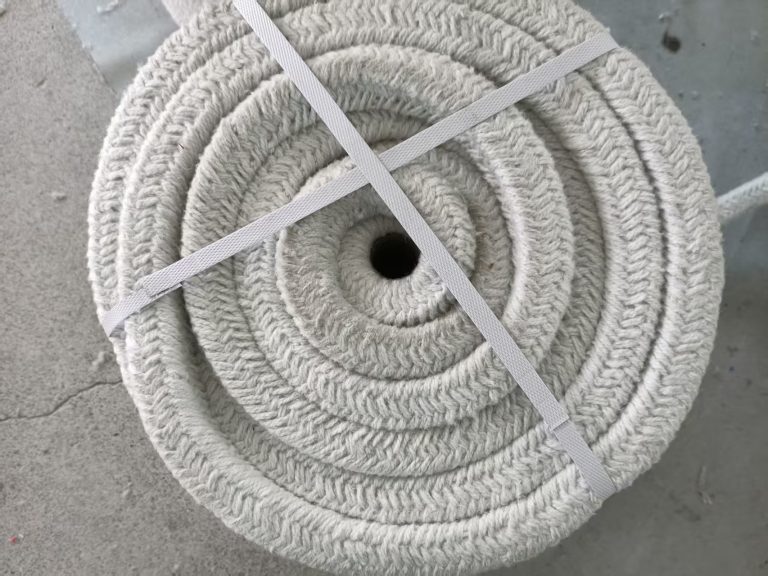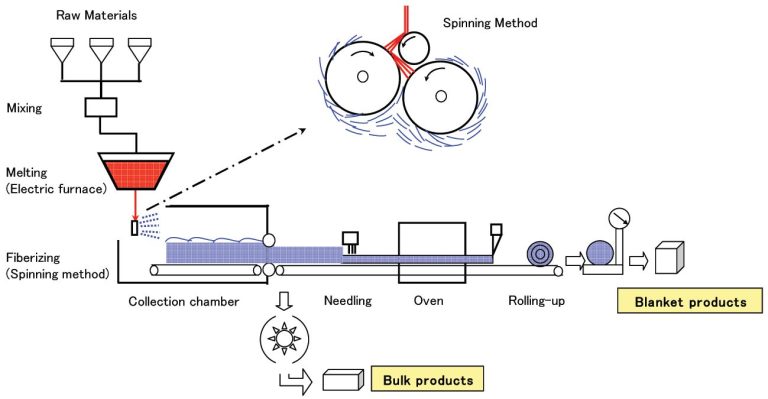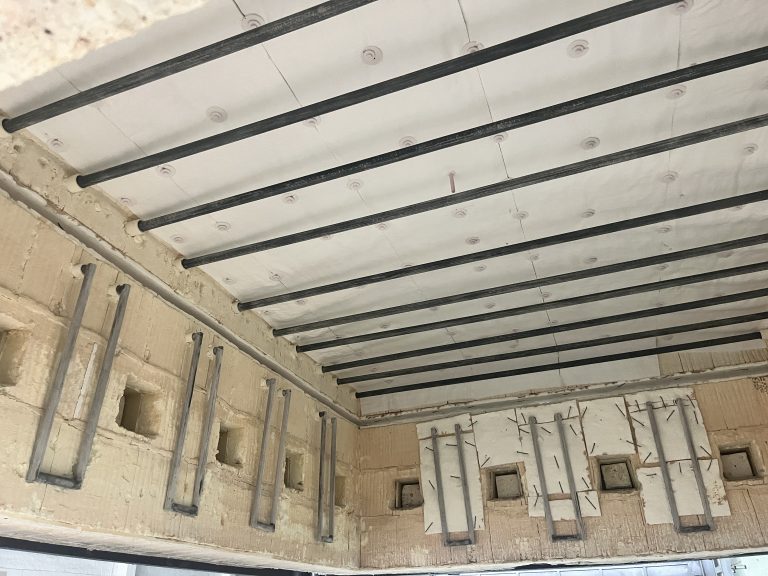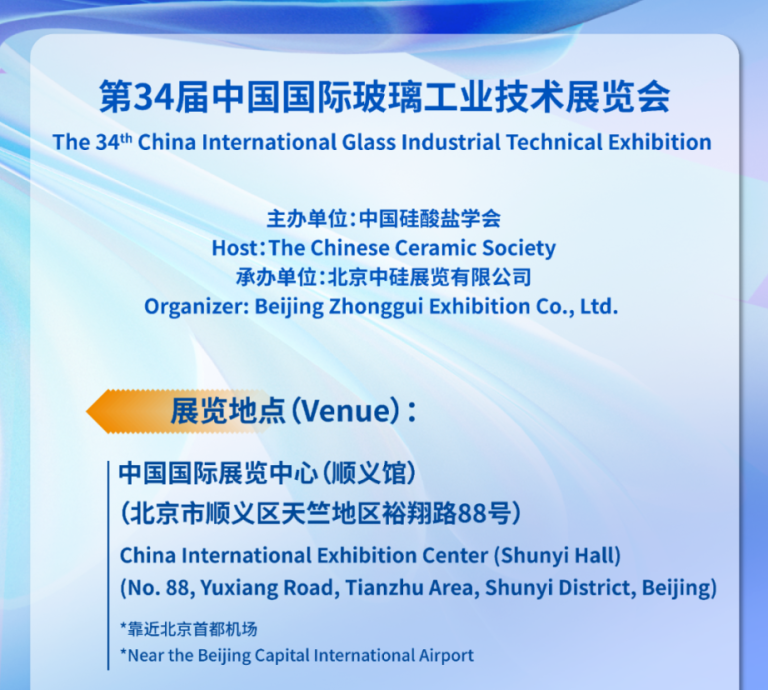Introduction
In modern stone processing, thermal bending furnaces using silicon carbide (SiC) heating rods require exceptional insulation materials to maintain 1250°C operating temperatures efficiently. Ceramic fiber modules have emerged as the premier insulation solution for these demanding applications, offering superior thermal performance, energy savings, and installation advantages.
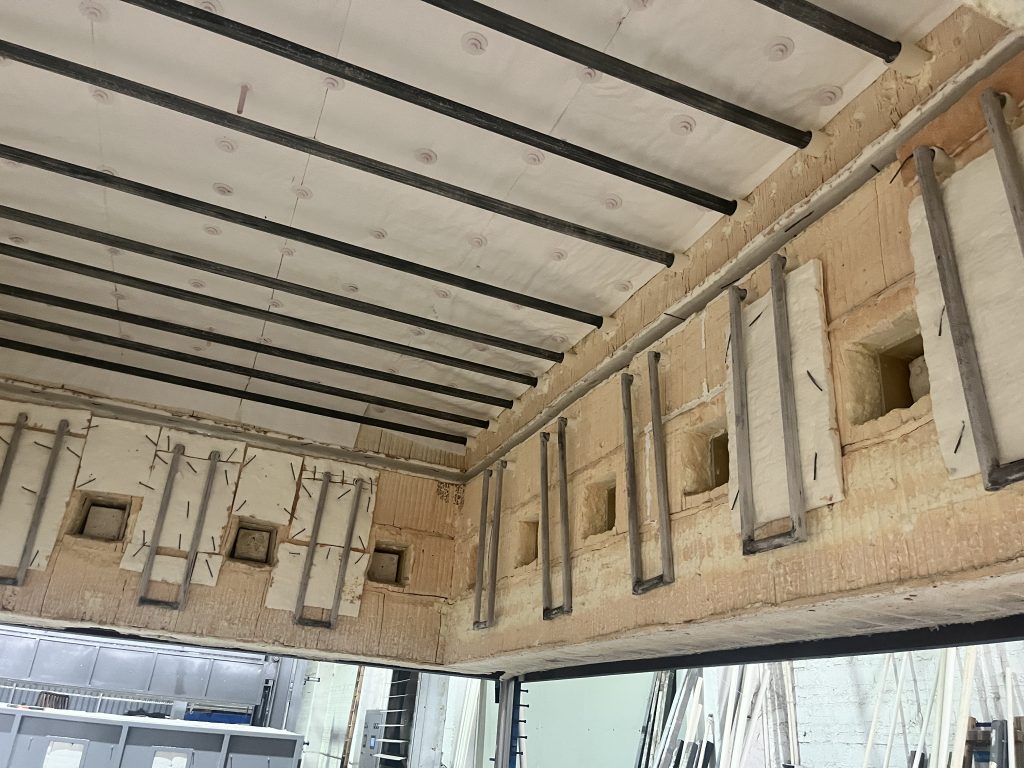
Key Benefits of Ceramic Fiber Modules
- Exceptional Thermal Resistance
- Withstand continuous 1250°C operation (1260°C classification)
- Low thermal conductivity (0.12-0.20 W/m·K at 1000°C)
- Minimal heat storage reduces cycling energy costs
- Optimized for SiC Rod Heating Systems
- Excellent compatibility with silicon carbide heating elements
- Uniform heat distribution throughout the furnace chamber
- Resists thermal shock from frequent temperature changes
- Installation Advantages
- Pre-fabricated modular design simplifies furnace construction
- Lightweight structure reduces structural support requirements
- Compressible nature accommodates thermal expansion
Performance Comparison
Compared to traditional refractory bricks:
- 50% reduction in furnace wall thickness
- 30% faster heat-up times
- 20-35% lower energy consumption
- 5x longer service life at high temperatures
Application Best Practices
For stone slab bending furnaces:
- Use 1280°C grade modules for 1250°C operating margin
- Combine with high-purity alumina coatings for dust resistance
- Install with stainless steel anchoring system for durability
- Maintain 2-3% cold face compression during installation
Maintenance Considerations
- Annual visual inspections for surface wear
- Replace individual modules as needed (no full reline required)
- Keep surface temperatures below 80°C for optimal efficiency
